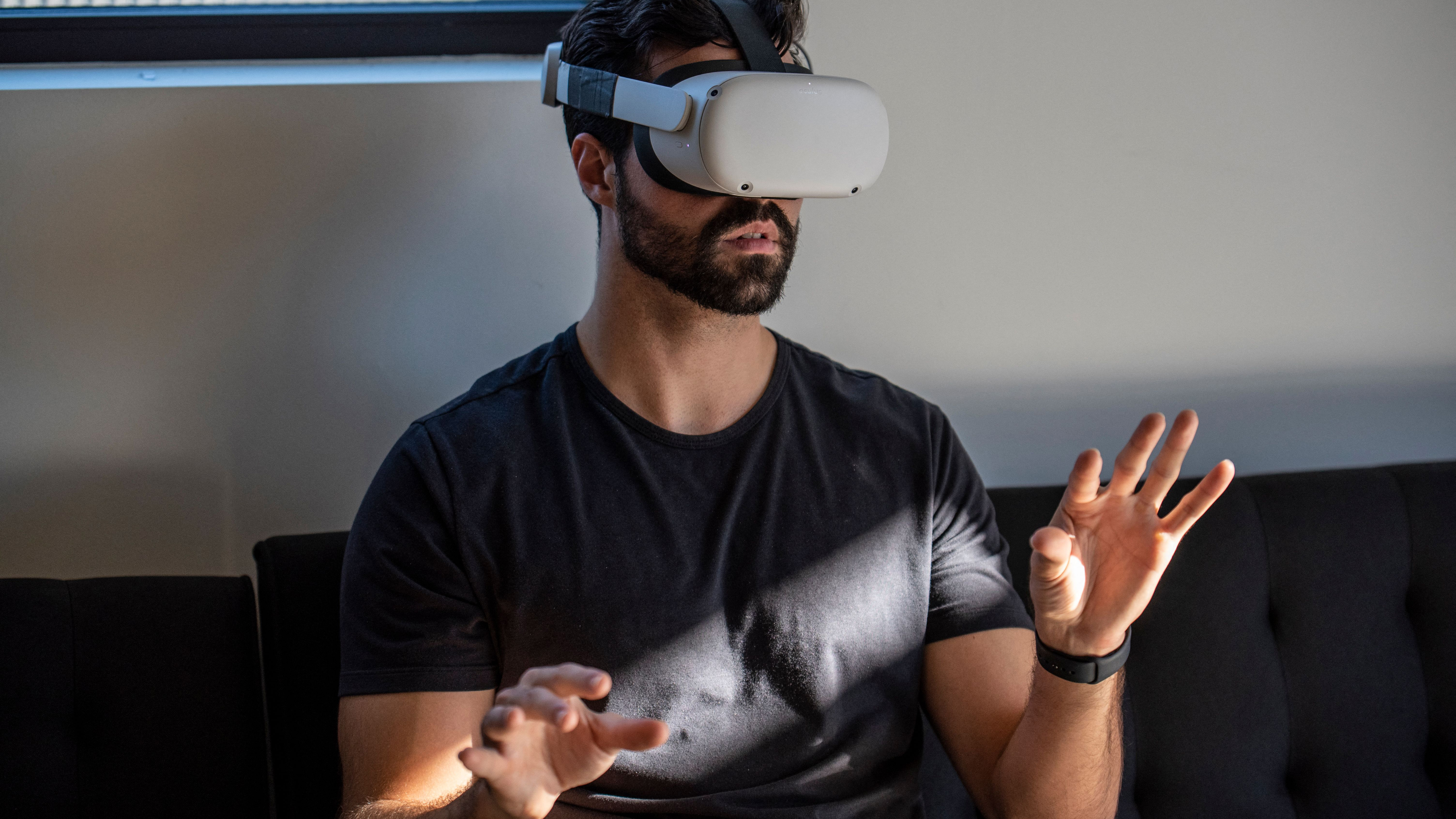What makes the perfect gaming experience? A good sound set-up? Sure. A massively expensive gaming chair? Without a doubt. Every conceivable snack within grabbing distance? Definitely. A VR headset that can kill you in real life? Uh, wait, we’ll get back to you on that.
But that’s what digital entrepreneur Palmer Luckey claims to have invented. Luckey, the man behind game-changing VR company Oculus (of Oculus Rift fame), says he’s come up with a custom headset that will literally kill a player if they die in a game.
Luckey writes on his blog that his headset uses three explosive charge modules, tied to a photo-sensor that detects when the screen flashes red at a specific frequency. “When an appropriate game-over screen is displayed, the charges fire, instantly destroying the brain of the user,” he adds.
Why exactly is he doing this? Simple. “The idea of tying your real life to your virtual avatar has always fascinated me – you instantly raise the stakes to the maximum level and force people to fundamentally rethink how they interact with the virtual world and the players inside it,” he writes.
"Pumped up graphics might make a game look more real," he continues, "but only the threat of serious consequences can make a game feel real to you and every other person in the game. This is an area of video game mechanics that has never been explored, despite the long history of real-world sports revolving around similar stakes."
Aside from the glaringly obvious risk of guaranteed death if you fail within the game, Luckey also admits that there were "a huge variety of failures that could occur and kill the user at the wrong time", so it's pretty much a lose-lose situation. Based on its current faults, its inventor is yet to "work up the balls" to try it out for himself, although, we're sure his reluctance is mostly due to not wanting to die by the hands of his own creation.
Luckily, this absolutely terrifying lump of dystopian horror remains “a piece of office art, a thought provoking reminder of unexplored avenues in game design. It is also, as far as I know, the first non-fiction example of a VR device that can actually kill the user. It won’t be the last.”
That's one big fat nope from us.

